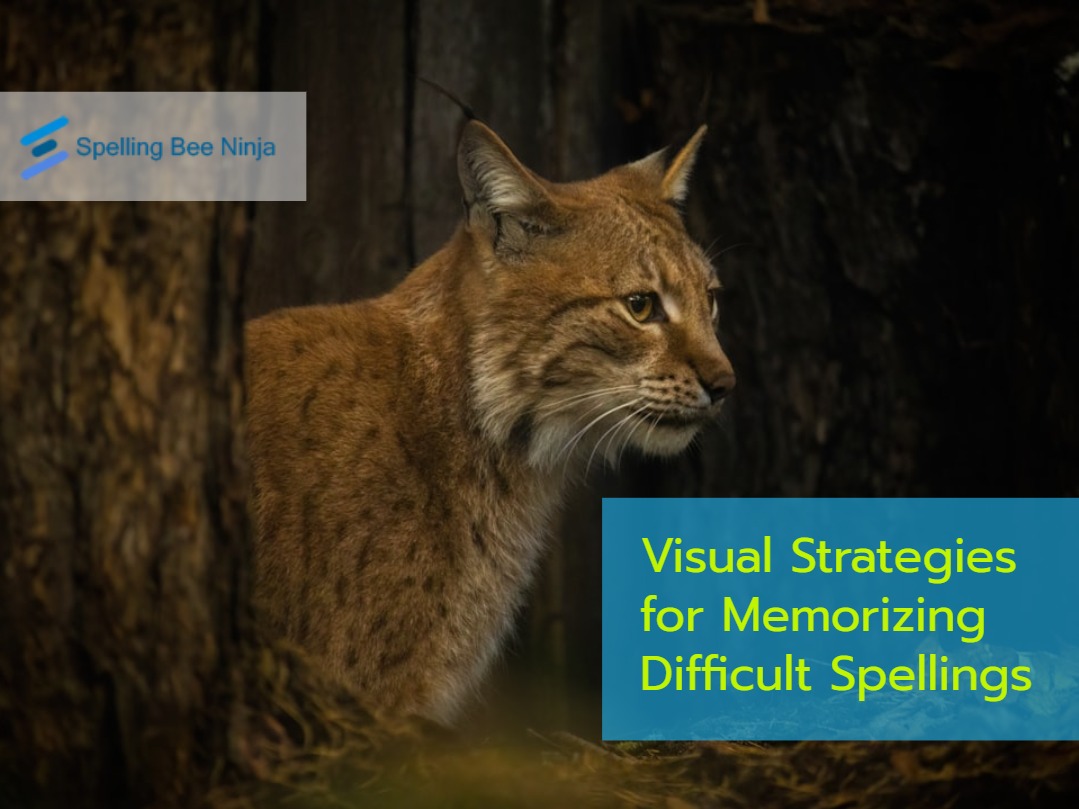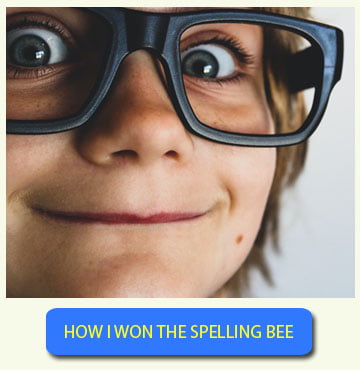Spelling in English can be deceptively tricky. Unlike phonetic languages, English is filled with irregularities, silent letters, and historical quirks that make certain words challenging to spell. Whether you’re a young student preparing for a spelling bee, an ESL learner navigating a new language, or a teacher helping your students master tough vocabulary, visual strategies can be powerful tools for success. In this article, we’ll explore how visual learning enhances spelling skills and share practical, proven techniques to help you or your learners remember even the most confusing words.
Why Visual Learning Works for Spelling
Visual learning taps into our brain’s natural preference for images and spatial awareness. Studies have shown that people often remember pictures more effectively than words alone—this is known as the “picture superiority effect.” When we associate a word with a mental image, pattern, or color, it becomes easier to retrieve from memory. This is especially useful for spelling, which relies on sequential memory and attention to detail.
Visual strategies benefit all learners, but they’re especially helpful for:
Visual-spatial learners who thrive on seeing patterns and images.
ESL students who need to connect English spelling with their existing language framework.
Struggling spellers who might find phonics alone insufficient.
K-12 learners preparing for standardized tests or spelling bees.
Common Visual Strategies to Improve Spelling
Let’s dive into several effective visual methods that can turn difficult spelling into a fun, engaging challenge:
1. Color Coding Letters and Patterns
Color can be a powerful memory trigger. Try assigning different colors to tricky parts of a word. For instance:
definitely → definitely
(Highlight the “f” and “ite” to distinguish it from common misspellings like “definately”)
You can also color-code silent letters (e.g., “k” in knight) or irregular patterns (ei in weird). Write the word multiple times, using the same colors consistently to reinforce the visual cue.
2. Chunking and Word Mapping
Breaking a word into parts or syllables helps reduce cognitive load. For example:
accommodation → ac + com + mo + da + tion
This method is especially effective for long or compound words.
You can also use word mapping by connecting the base word with prefixes and suffixes visually, helping learners see the structure within:
unbelievable → un + believe + able
Visual tree diagrams can further clarify word families and spelling rules.
3. Spelling with Shapes or Symbols
Turn a word into a mini art project. For instance, you can make the “oo” in book look like eyes or use a smiley face for the “u” in fun. This transforms abstract letters into memorable visuals, which works especially well for younger learners.
Tools like magnetic letters, chalkboards, or drawing apps can bring creativity into the process.
4. Mnemonics and Visual Rhymes
Mnemonic devices are memory aids that can include visual cues. These often work best when they’re silly, strange, or emotional—our brains latch onto things that are odd or amusing.
because → Big Elephants Can Always Understand Small Elephants
Create a drawing of the elephants spelling out the word!island → Think of an “island” as land surrounded by water
Circle the “land” in the middle of the word to emphasize the root.
You can even encourage students to create their own visual mnemonics for personalized reinforcement.
5. Picture Flashcards and Word Walls
Flashcards can go beyond the traditional word/definition format. Include an image that either represents the meaning or hints at the spelling. For instance, a flashcard for “knight” might show armor and emphasize the silent “k.”
Creating a spelling word wall with visuals helps with repeated exposure. Grouping tricky words by patterns or themes visually (like all words with “-ough”) reinforces recognition.
To create flash cards easily and for free using our Spelling Bee ninja app check the article below.
6. Use of Digital Tools
There are plenty of online platforms and apps that support visual learning. Tools like Canva, Quizlet, or even PowerPoint allow you to create custom spelling slides or games with colors, fonts, and images.
Spelling-focused tools like Spelling Bee Ninja also offer performance tracking and word-based exercises that can include visual components.
How Teachers and Parents Can Help
At Home or in the Classroom:
Encourage learners to draw their tricky spelling words.
Use sticky notes with color-coded spelling rules around the house or classroom.
Make a “Spelling Art Day” where students draw or decorate the most difficult word of the week.
Create mini spelling posters for each tricky word and display them.
Tailoring the Strategy to the Learner
Not all visual strategies work the same for everyone. Here are a few ways to personalize them:
For younger learners, focus on color, cartoon illustrations, and games.
For ESL students, emphasize word roots and visual comparisons to their native language when possible.
For older learners or teens, integrate tech tools, design-based projects, and pattern recognition exercises.
Mix visual strategies with auditory and kinesthetic methods (like spelling aloud or tracing letters) to create a multisensory approach that appeals to more learning styles.
Examples of Difficult Words and Visual Aids
| Word | Trick to Remember | Visual Idea |
|---|---|---|
| Receipt | “I before E, but the P is silent” | Highlight “P” in red with an image of cash |
| Separate | There’s a rat in separate | Picture of a rat splitting two words |
| Rhythm | Difficult with no vowels | Drumbeat symbols under the letters |
| Embarrass | Two Rs, two Ss—like red socks | Drawing of red socks on letters R and S |
| February | Remember the silent “r” | Circle both Rs in a calendar image |
Practical Exercises for Learners
To put these visual strategies into action, learners can try a variety of simple yet effective exercises. One popular method is creating a spelling journal, where students draw each difficult word, highlight tricky letters in different colors, and write a mnemonic or sketch a small illustration beside it.
Another great activity is the “spelling spotlight,” where learners pick one difficult word a day, research its origin or root, and display it on a decorated flashcard or mini-poster. For tech-savvy learners, making digital slides or short videos explaining the spelling of a tricky word using images, audio, and animation can reinforce understanding while making the process fun and creative. Repetition through writing, pairing visuals with definitions, and peer quizzes can further cement retention and build confidence over time.
Final Thoughts
Visual strategies for memorizing difficult spellings are more than fun extras—they’re vital tools that make spelling more accessible, engaging, and successful for learners of all ages. When students are empowered to see words instead of just hearing or repeating them, they develop stronger, more confident spelling habits.
By incorporating visual cues into your spelling instruction or self-study, you can turn even the most stubborn vocabulary into memorable and meaningful learning moments. And with the help of visual creativity, spelling doesn’t just improve—it becomes an enjoyable part of the learning journey.


